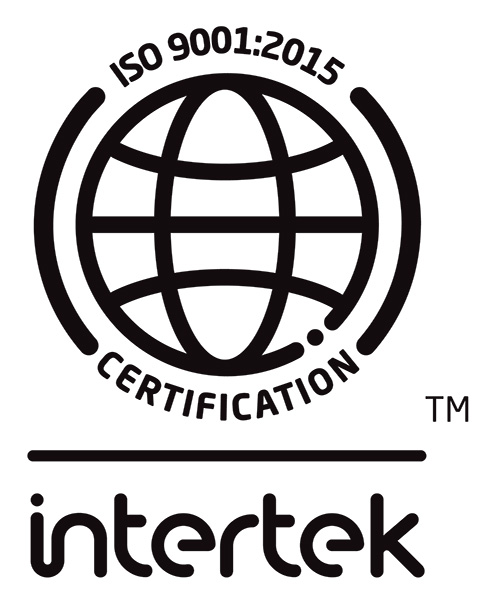MECHANISM OF ACTION AND PHARMACODYNAMICS
At pH 7.4, aminoglycosides have a high positive charge (cationic) which contributes to both their antimicrobial and toxicity properties.2 The positively charged aminoglycoside forms a bond with the negatively charged (anionic) bacterial cell membrane. In order to reach the intracellular ribosomal binding site, an aerobic energy-dependent process (phase I) is needed to allow a fraction of the drug attached to the bacterium to be transported through the inner bacterial cell membrane. This aerobic process explains why anaerobic organisms have intrinsic resistance to aminoglycosides, and why there is diminished activity to microorganisms growing in an anaerobic environment such as abscesses. Some facultative anaerobes (such as enterococci or other small colony streptococcal variants) also have deficient energy-dependent uptake and therefore are resistant to low concentrations of aminoglycosides.
Once the cell membrane has been penetrated, binding of the aminoglycoside with the ribosomal 30S subunit using hydrogen bonds between multiple amino and hydroxyl groups produce a tightly bound complex. The aminoglycoside-bound 30S subunits become unavailable for translation of mRNA during protein synthesis and cause misreading of the genetic code with resultant production of non-functional proteins (missense and nonsense mutations). The non-functional protein production and displacement of Mg2+ and Ca2+ ions cause increased cell membrane permeability allowing a higher concentration of aminoglycosides to permeate the cell (phase II) which leads to cell death.9 This concentration-dependent killing of aminoglycosides is one of the main characteristics of their antibacterial activity. Unlike other agents that inhibit microbial protein synthesis, aminoglycosides are bactericidal rather than bacteriostatic.2
With the concentration-dependant killing attribute, there is increased uptake and synergistic effect when aminoglycoside therapy is combined with cell wall-active antimicrobials such as β-lactams or glycopeptides. This synergy between aminoglycosides and cell-wall active drugs is effective for treating enterococci, viridans streptococci, methicillin susceptible Staphylococcus aureus, and Pseudomonas aeruginosa.
A third antibacterial activity of note for aminoglycosides is the suppression of bacterial growth after short antimicrobial exposure (post-antibiotic effect or PAE). In vitro studies have demonstrated that there is suppression of bacterial growth after short antimicrobial exposure (post-antibiotic effect or PAE) at aminoglycoside levels less than the MIC, and furthermore that the duration of the PAE increases with higher doses.2




